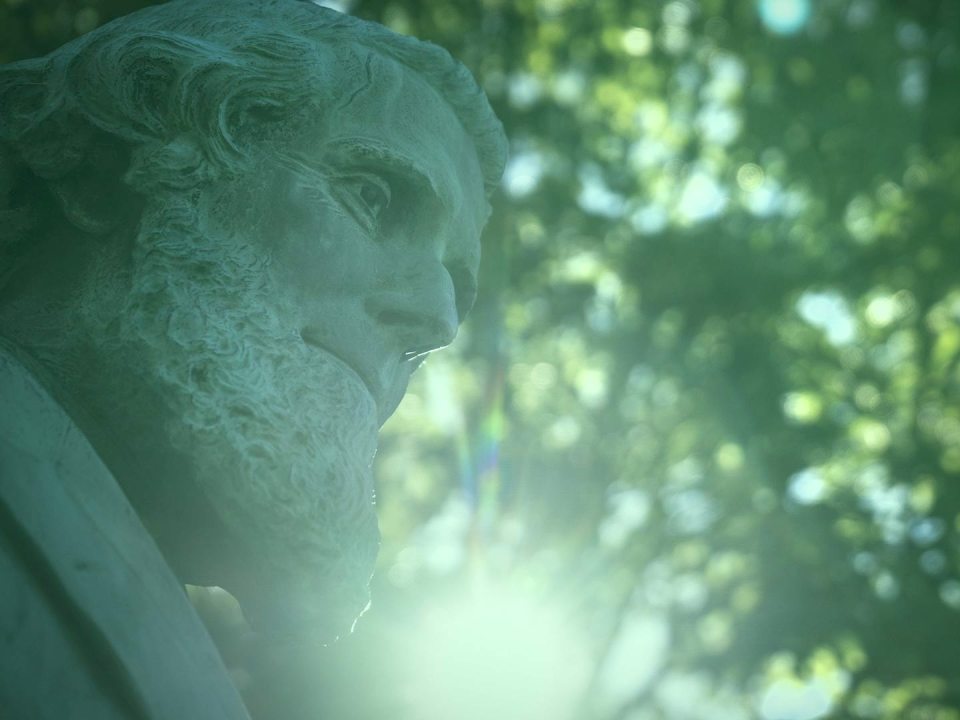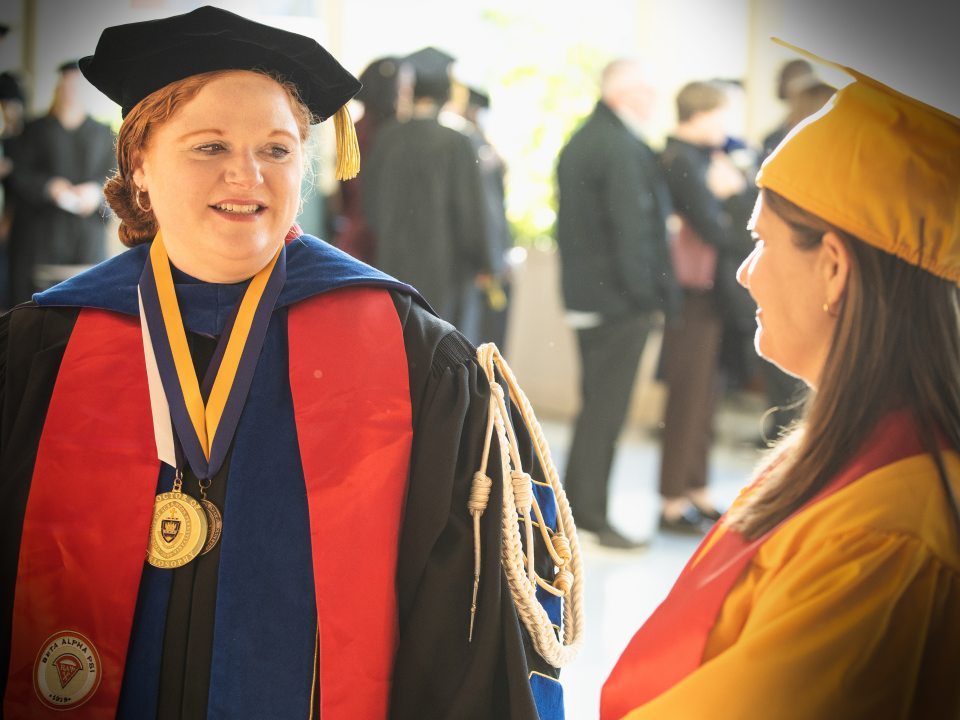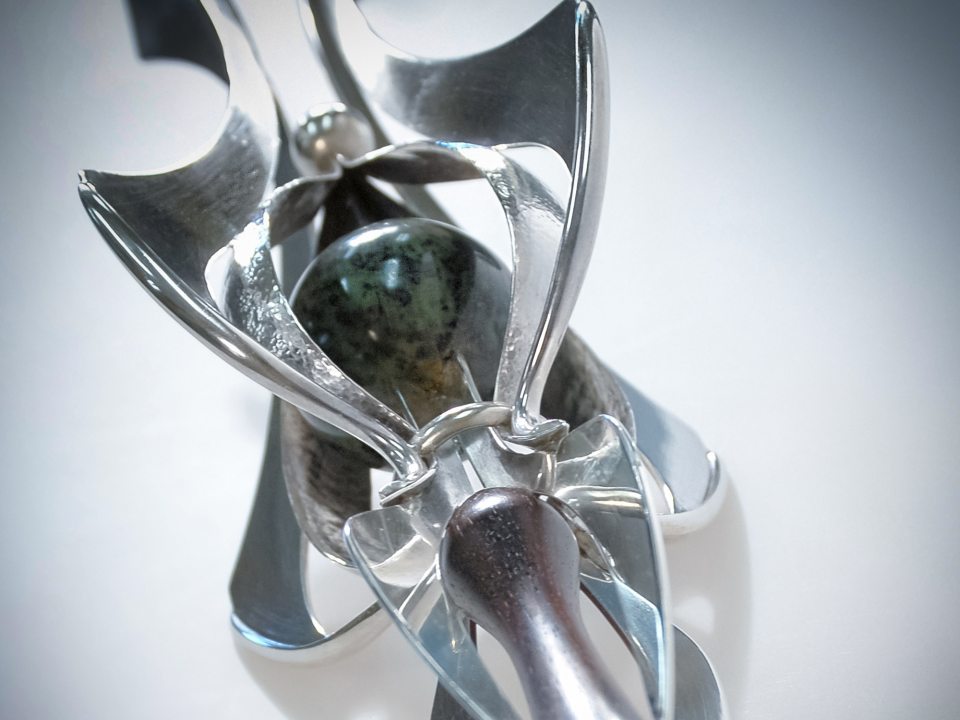Caps, gowns, and hoods worn at university events date back to the Middle Ages when monks and students used them for warmth in drafty halls. From these practical origins, they have become the recognized attire representing scholarly achievement.


Baccalaureate gowns feature a pleated front, shoulder shirring, and flowing sleeves. They may be worn open or closed.
Master’s gowns are worn open, with sleeves that allow the forearm to pass through a slit. The hood’s satin lining represents the institution, while the velvet border reflects the discipline.
Doctoral gowns have velvet panels and bars, with the option to be worn open or closed. The doctoral hood adds color, with silk representing the institution and velvet indicating the field of study.

Historically a medieval weapon, the university mace is now used in ceremonial functions. the mace is now used in ceremonial functions. The Oswego mace features a jade sphere symbolizing wisdom and knowledge, surrounded by silver flanges representing imagination in higher education. The jade and rosewood reflect the grandeur of academic ceremonies. A gift from the Class of 1969 for President James Perdue’s inauguration, the mace has been used at official ceremonies ever since. It was designed by Joseph F. Shoenfelt and crafted by William D. Todd.

The university medallion is a symbol of the president’s authority and leadership within the institution. At its center is a green and gold circle representing Oswego, placed on a map of New York atop a globe, symbolizing the institution’s connection to the state and world. Designed by Dominic T. DiPasquale for President James Perdue’s 1966 inauguration, it was a gift from the Class of 1966. A wreath of gold leaves surrounds the globe, with a band engraved with the university’s name and two dates: 1861, its founding, and 1948, the founding of SUNY. A gold lamp of knowledge sits above the medallion.